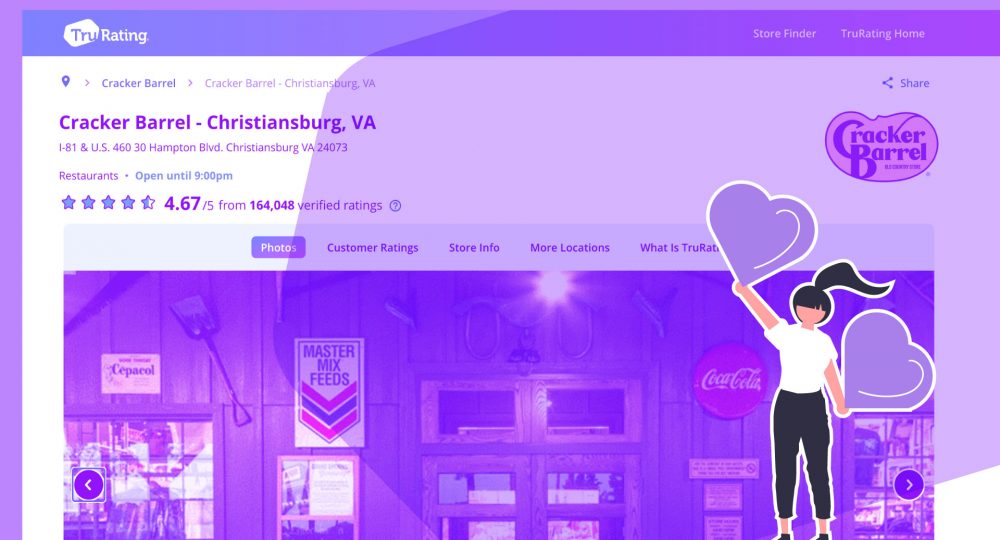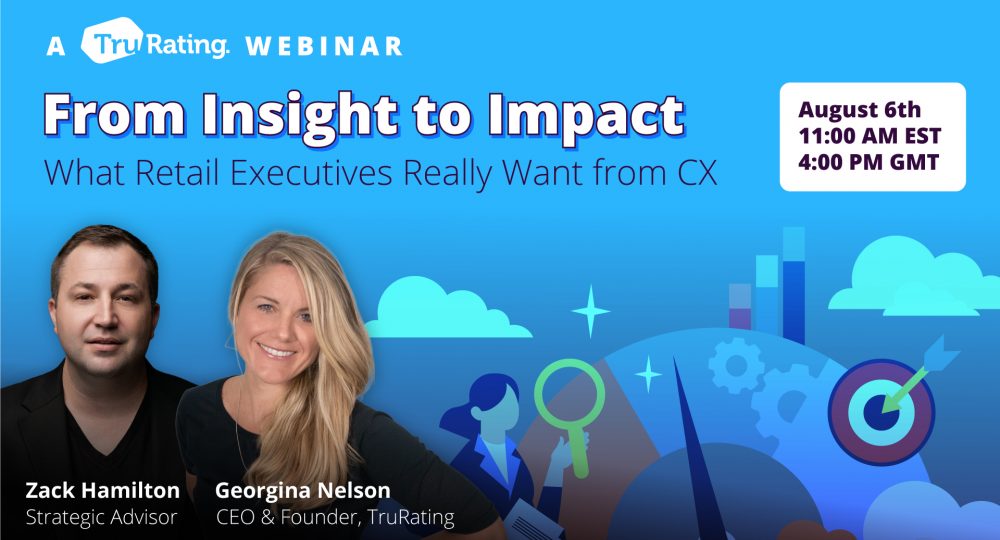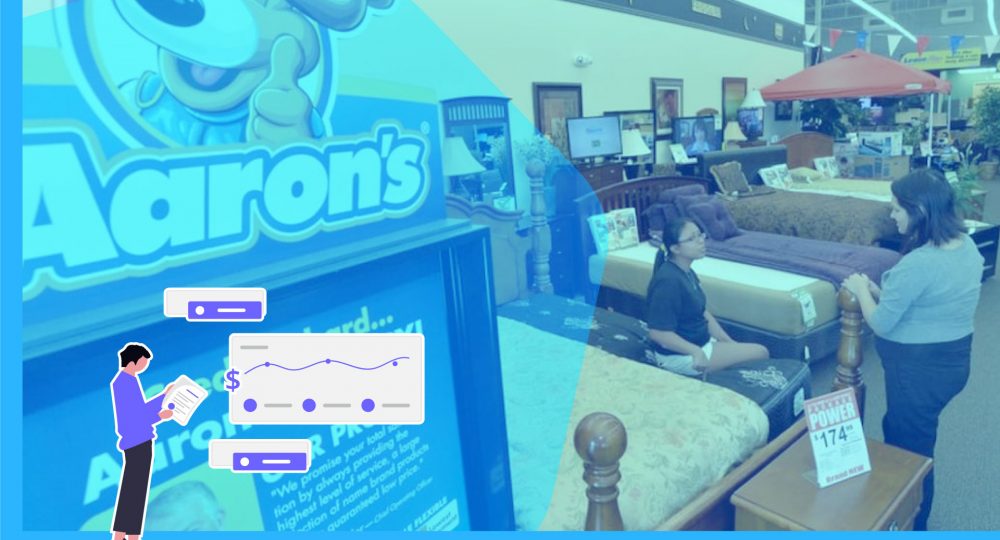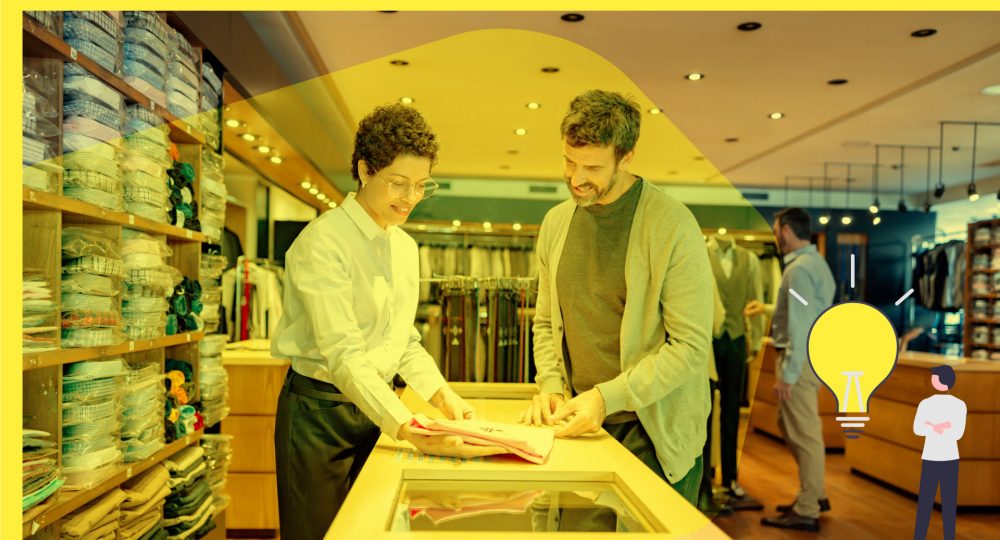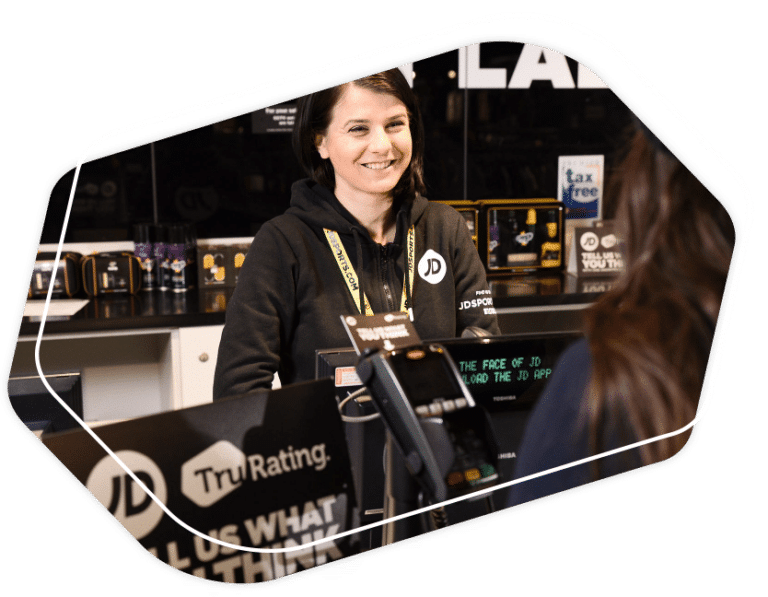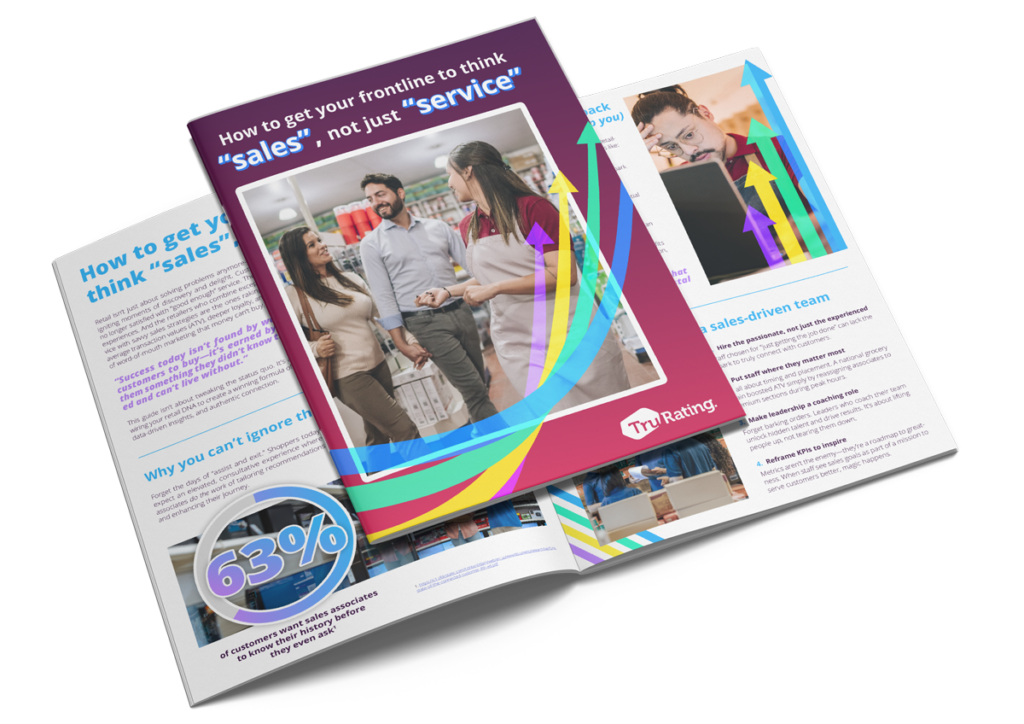The retail space is entering a period of change. There is no denying the effects of the 2020 pandemic changed consumers’ shopping habits. George Mason University’s Center for Retail Transformation invited an expert panel of retailers, analysts, and technology providers to explore the state of retail in a time of economic uncertainty.
There is a disparity in consumers’ shopping habits. In times of inflation, the divide between “the haves and the have-nots” is evident. The haves are still spending on eating out, travel and gifts. In contrast, the have-nots focus on essentials and reduce recreational spending.
“I call it, The Tale of Two Cities because the other side, the affluent Shopper, is still buying,” said David Leibowitz, General Manager of Retail & Consumer Goods, Microsoft. “… households over $200,000 are still spending, and 75% of those said they will continue to spend in the current rate for the next three months.”
All consumers are affected by inflation, although the impact varies from shopper to shopper. Affluent shoppers are seeing this as an inconvenience and cutting back on some (not all) recreational spending. Whereas the other shoppers may be making tough decisions on food, health care, and housing costs.
“Many of the key inflationary impacts aren’t being felt equally by consumers across life stages – we can see this from the different responses we collected from multiple US retailers who serve different target audiences,” said Georgina Nelson, CEO, TruRating.
Nelson goes on to say that younger consumers aren’t as impacted by rising food costs, energy costs, or interest rates because they are in a stage in life where most of their money is for recreation and fun. Therefore they don’t have to adapt to how they feed their families or heat their homes because they are still dependent on a parent or guardian.
However, when different groups were asked how likely they are to drive their car, visit the store or make impulse purchases, the behavior looked fairly similar across all age groups. According to TruRating’s data, consumers are now more likely to shop for groceries with a list with a 9% increase in those that say they do so, and previous studies show this leads to a 15% saving in grocery costs for this group.
What can retailers do to navigate these economic uncertainties?
Inventory
“By far the number one thing when it comes to a store, it’s got to be inventory and inventory accuracy and inventory availability,” Greg Buzek, CEO, IHL Group.
This is even more important, leading to the busiest retail period, the holiday season. Both groups (the haves and the have-nots) will spend more during this time. The key is understanding what they plan to buy. Due to inflation, the customer may opt for more practical gifts rather than fun or experimental gifts.
Reward Loyalty
“Your loyal customers will notice your price changes before anyone else,” Lisa Kinney, VP Customer & Market Intelligence, Albertsons. “Make it easy [for your customers] to get good value.”
Historically, the quick fix during times of inflation is to increase the price of items. Kinney highlighted the importance of rewarding your loyal customers. They will be the first to notice a price increase, especially if it’s a frequently purchased product. Offering promotions via a loyalty program that doesn’t hurt the loyal customer will retain their loyalty while attracting new customers.
Communicate
“Coming in and out of the pandemic and then what we’re facing with inflation, consumers are changing their expectations and their needs at a rapid pace,” said Georgina Nelson, “Retailers have to be on top of their consumers, and they have to be in continual dialogue.”
Retailers need to communicate with their consumers. The only way to do so is by honest representative feedback and understanding their consumers. In doing so, retailers can be clear on what they stand for and what sets them apart. This ensures that their digital presence and stores aren’t solely focused on convenience and the immediate sale but also on selling their brand, their unique selling points, and delivering on those by giving their customers a great experience.
WATCH WEBINAR HERE:


